Understanding Gemstone Cleavage
One of the characteristics of crystals is that they have cleavage. Cleavage is the tendency of a crystal to break cleanly along distinct planes. Since most gemstones are crystals, cleavage is an issue that gem buyers as well as jewelers and gem cutters need to take into account.
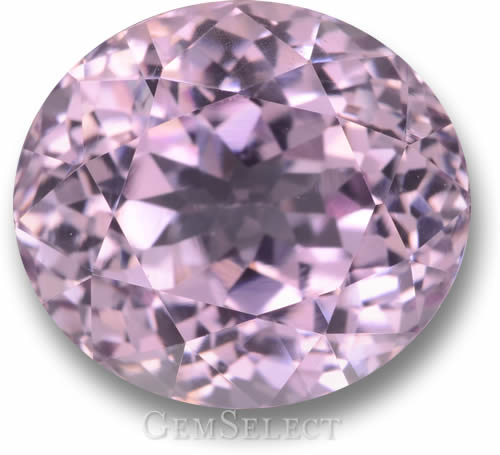
Natural Kunzite Gemstone
Minerals cleave along particular crystallographic planes where the atomic bonding is weaker. It is similar to splitting a piece of wood - it splits fairly easily along the grain, but not across the grain. The number of cleavage planes and the angles between them are characteristic of specific minerals. Minerals can have from one to five cleavage planes, and each cleavage plane has a grade or rating, indicating the relative ease with which the crystal can be cleaved. Cleavage is graded as perfect, good or indistinct.
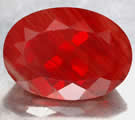 Some gemstones, such as the many varieties of quartz, have no cleavage at all. The same is true for opal, jasper, agate, jade and turquoise. Among the finer gems, members of the corundum family (sapphire and ruby) are notable for having no cleavage. Some gemstones, such as the many varieties of quartz, have no cleavage at all. The same is true for opal, jasper, agate, jade and turquoise. Among the finer gems, members of the corundum family (sapphire and ruby) are notable for having no cleavage.
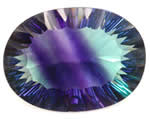 The list of gemstones with perfect cleavage along one or more planes is a long one. It includes diamond, topaz, fluorite, spodumene (including hiddenite and kunzite), kyanite, and all the feldspar varieties (including moonstone, orthoclase, amazonite and andesine), tanzanite and other members of the zoisite family. The list of gemstones with perfect cleavage along one or more planes is a long one. It includes diamond, topaz, fluorite, spodumene (including hiddenite and kunzite), kyanite, and all the feldspar varieties (including moonstone, orthoclase, amazonite and andesine), tanzanite and other members of the zoisite family.
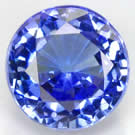 Cleavage was once used to divide large gem crystals. For example, the largest gem-quality diamond ever found, the Cullinan Diamond of 3,1106 carats, was cleaved in 1908 into three large pieces which in turn were cleaved into many smaller pieces. Today in the diamond industry it is more common to use sophisticated saws rather than cleavage to separate crystals. Cleavage was once used to divide large gem crystals. For example, the largest gem-quality diamond ever found, the Cullinan Diamond of 3,1106 carats, was cleaved in 1908 into three large pieces which in turn were cleaved into many smaller pieces. Today in the diamond industry it is more common to use sophisticated saws rather than cleavage to separate crystals.
Cleavage is of special concern to gem cutters or lapidaries. In gemstones with perfect cleavage, the facets must be cut transverse to the cleavage planes so the gem will be less vulnerable to breakage. Jewelers need to take special care since the heat produced when soldering the setting can cause fissures along cleavage planes and could lead to the gem actually breaking along these fissures. Piercing or drilling should be perpendicular to cleavage surfaces.
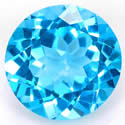 If you own a gemstone with perfect cleavage, such as diamond, topaz or tanzanite, you needn't be unduly worried about splitting your gemstone. The risk of cleavage is much higher during the cutting and polishing process, and when the gem is set. Gems with perfect cleavage are usually mounted in protective settings or set in earrings or pendants that are less likely to be subjected to a sharp blow that could result in cleavage. Diamond, with perfect cleavage on four planes, is worn in millions of rings on a daily basis without problem. If you own a gemstone with perfect cleavage, such as diamond, topaz or tanzanite, you needn't be unduly worried about splitting your gemstone. The risk of cleavage is much higher during the cutting and polishing process, and when the gem is set. Gems with perfect cleavage are usually mounted in protective settings or set in earrings or pendants that are less likely to be subjected to a sharp blow that could result in cleavage. Diamond, with perfect cleavage on four planes, is worn in millions of rings on a daily basis without problem.
For information on the cleavage characteristic of many different gemstones, see our gemstone cleavage chart.
|
